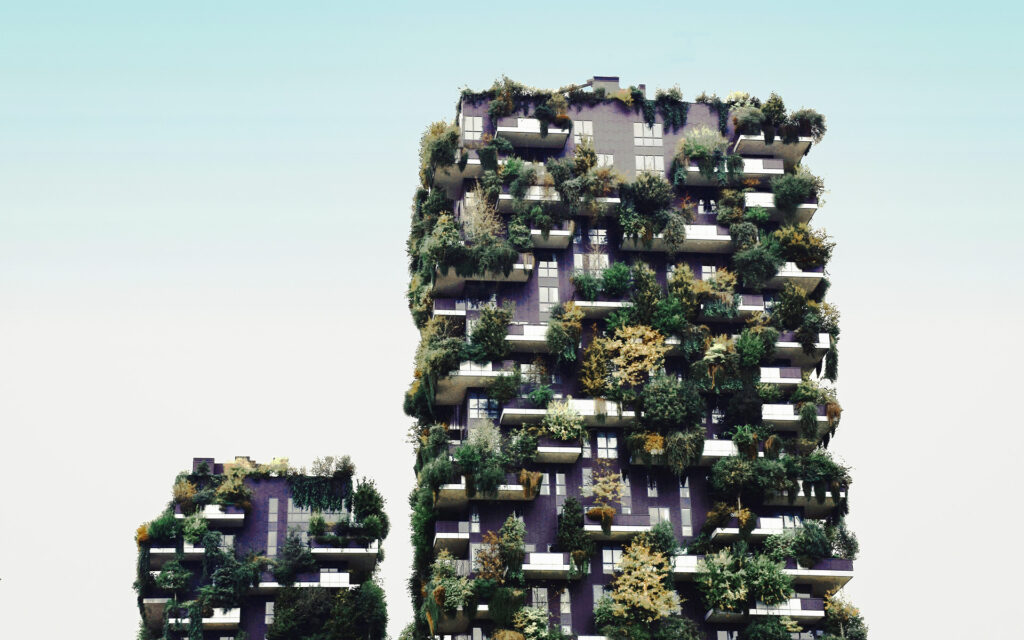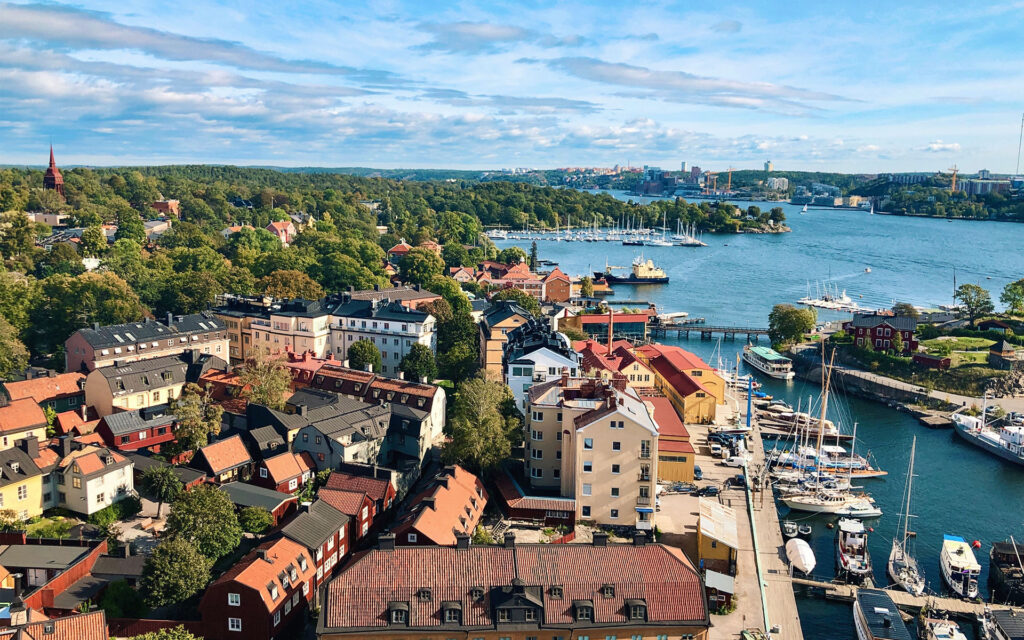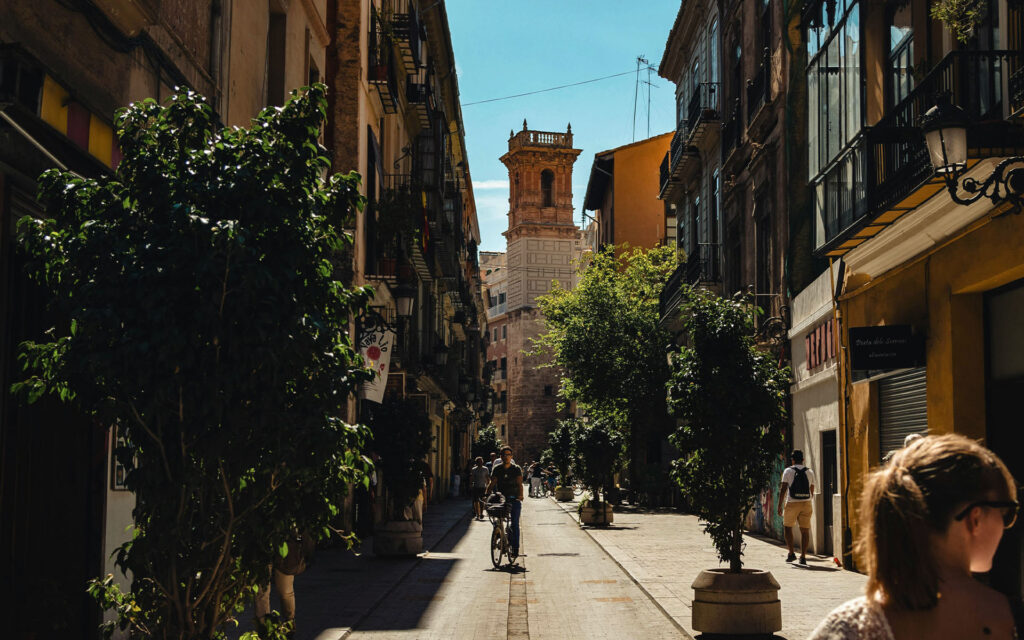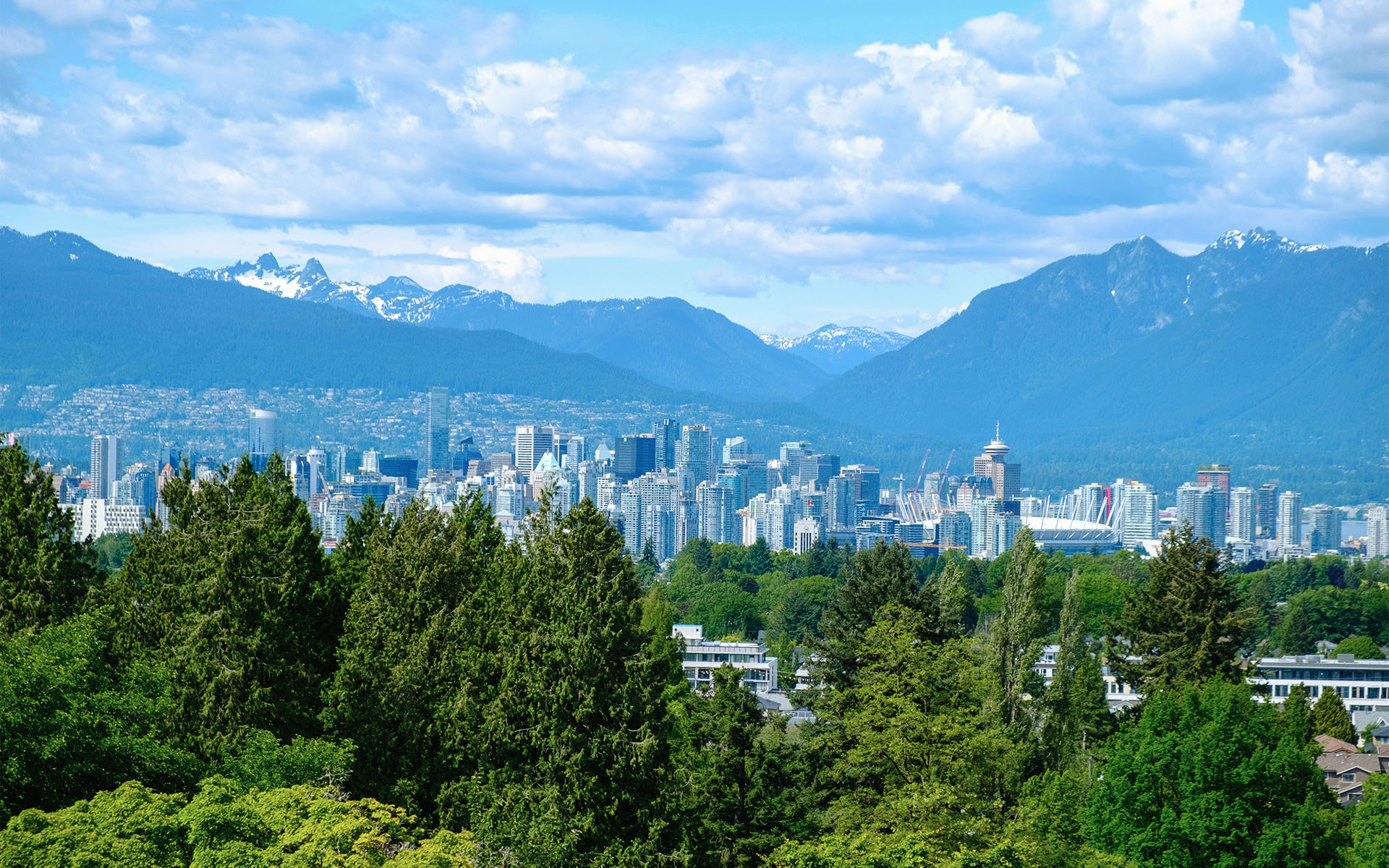70% of the world’s population will live in cities by 2050. Faced with this scenario, it becomes necessary to seek a greener, cleaner, and more sustainable urban future. We must create green cities that prioritize personal well-being through innovative policies and a collective commitment to change.
We need to improve our environment to enhance our quality of life. This is one of the major objectives in sustainable policy worldwide. The demographic growth in cities compels us to ‘re-think’ the way we shape our cities so that living in them remains satisfying, not only from the perspective of cultural and employment opportunities but also in terms of health and sustainability.
Non-communicable diseases such as cancer, cardiovascular diseases, chronic respiratory diseases, diabetes, and mental and neurological disorders cause 68% of global mortality. One of the risk factors associated with these diseases is exposure to air pollution and physical inactivity. Outdoor air pollution levels exceeding the limits set by the World Health Organization (WHO) Guidelines on Air Quality expose 88% of urban inhabitants to unhealthy conditions.
Therefore, it is evident that planning urban green spaces is an indispensable resource for achieving sustainable health in urban areas. To reach sustainable solutions, urban planners must envision cities from a biourbanism perspective, emphasizing the interconnection of various biological and urban systems that constitute the urban fabric.

The 3-30-300 Rule
Experts estimate that two-thirds of the world’s population will live in urban areas by 2050. Based on this data, university professor Cecil Konijnendijk created the 3-30-300 rule, which highlights how urban forests and green areas positively impact our health and well-being.
- 3 trees are the number that every person should be able to see from the window of their home.
- 30% is the vegetation coverage that should exist in the neighborhood where one lives.
- 300 meters is the maximum distance to high-quality urban green spaces.
Similarly, we must reconsider our urban landscapes to make them satisfying.Following this premise, we should not only strive to make cities greener but also ensure that all people living in cities perceive those benefits, which is truly important.
Urban forests
The current challenge of urban planning is to approach it from a sustainability standpoint, offering a large number of urban green areas to achieve positive and sustainable change. Cities must utilize and promote parks, green spaces, and watercourses as important public spaces to maximize their social and economic benefits.
Furthermore, urban forests contribute to alleviating the effects of climate change. With the increase in global temperatures, urban forests not only absorb carbon but can also help cool the city air by up to eight degrees Celsius, thus reducing the effects of urban heat islands, which can be deadly during heatwaves.
We need to apply the 3-30-300 rule. Ideally, everyone should be able to see 3 trees from their window, live in a neighborhood with 30% green spaces, and be no more than 300 meters away from high-quality urban spaces.
Cecil Konijnendijk
However, cities must consider their entire population and their size, introducing these green areas throughout the territory so that the 3-30-300 rule can be respected to the extent possible. In “Urban forests: a global perspective,” it is indicated that, especially in low- and middle-income countries, rapid urbanization without proper planning often leads to cities with few trees and green spaces, or poorly located ones. Similarly, there are also cities committed to sustainable policies that recognize that the distribution of these spaces and their benefits often favors areas with higher purchasing power.
Stockholm: Leader in Sustainable Urban Planning
The Swedish capital tops the sustainable cities index. It has a rich history in environmentalism and deeply commits to reducing its environmental impact by working towards creating a more compact and walkable city, focusing on mixed-use development. It is a leader and benchmark in reducing urban emissions of greenhouse gases.
What is being done:
- Their goal is to reduce carbon emissions by 80% by 2040.
- They aim to cease consuming fossil fuels by 2050.
- All of their buildings will be carbon neutral by 2040.
- Efforts are underway to create a more resilient city that can withstand the impacts of climate change.

Valencia: European Green Capital 2024
The Spanish city of Valencia is the European Green Capital for 2024, thanks to its pioneering commitment to becoming a climate-neutral and smart city by 2030, as well as its model of sustainable urban development.
Why it was chosen and what is being done:
- Green spaces:
- PIt has the longest urban park in Europe: the Turia Gardens, with over 120 hectares and 12 kilometers in length, running through almost the entire city.
- The Albufera Natural Park and the peri-urban orchard, along with the creation of new parks and gardens.
- 90% of the inhabitants live less than 300 meters from urban green areas.
- Recovery of public space: pedestrianization of the most central squares has “returned” about 30,000 square meters to public space. This promotes community interaction and heritage while freeing the city center from traffic.
- Bicycles against CO2 emissions: nearly 200 kilometers of bike lanes or bike streets in the capital help reduce CO2 emissions.

Vancouver: natural beauty
This Canadian city already possesses significant natural beauty, which it complements with its commitment to sustainability.
What is being done:
- Authorities have implemented policies to reduce carbon emissions.
- They are promoting the use of renewable energy.
- It has abundant parks, with “Stanley Park” standing out.
- An important cycling community actively participates.

These cities are just a few of the many that are already taking action to promote green cities. Cities are reconsidering urban architecture to make room for green areas to conserve and increase biodiversity, as well as mitigate the impact of the climate crisis.





